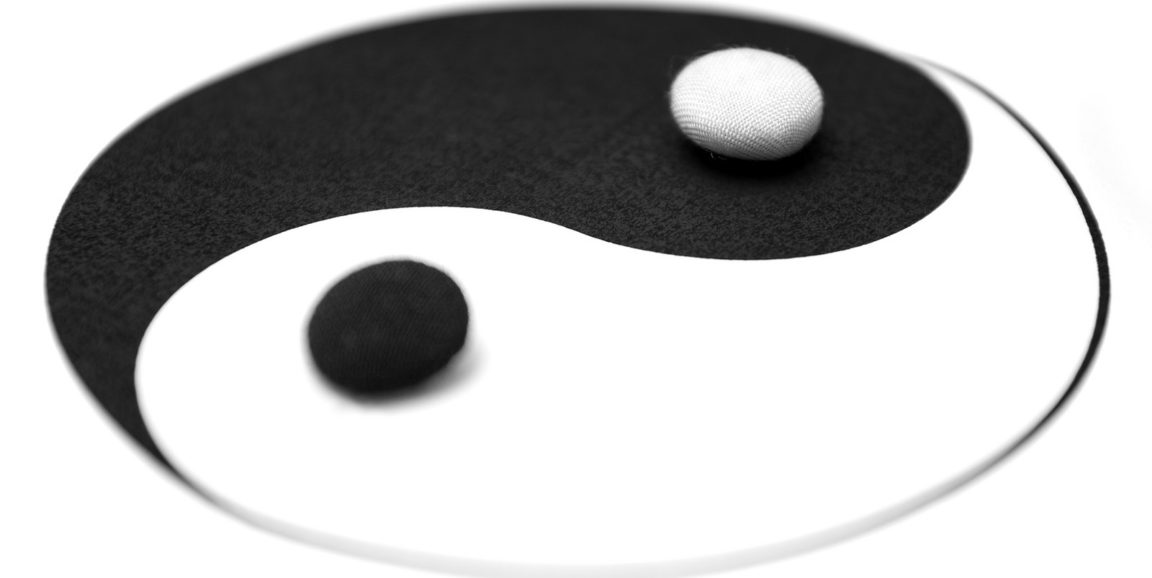A team led by Stanford structural biologist Chris Garcia, PhD, has revealed the crystal structure of a protein complex centered around one of the body's most important immune signaling proteins: interferon-gamma, or IFN-gamma. This discovery, described in a Nature study, may speed the powerful protein's domestication for medical use.
IFN-gamma, upon its release by certain kinds of immune cells, can exert diverse influences on other immune cells, thereby playing a major role in human immunity through its ability to shape the entire immune response. It does this in large part by forming a complex with two kinds of receptors that sit on various cells in the body.
The result is the ramping up or dampening down of numerous activities on the part of different types of immune cells. Which of these opposing influences IFN-gamma exerts depends on the circumstances and on its target cell.
Like a savage soldier, the immune system is great to have on your side in battle but not so great when it goes rogue in peacetime. You certainly want your immune system to be in top fighting shape when it comes to combating cancer or viral, bacterial or parasitic pathogens. But too much of an immune response in the wrong circumstances can spell autoimmune and auto-inflammatory disorders, pregnancy complications and organ-transplant rejections.
That yin/yang business complicates things. Sometimes you want one response, sometimes you want the other. But IGF-gamma often activates both, making it exceedingly difficult to deploy for therapeutic use as, say, an anti-cancer treatment.
Garcia's team was able to determine the entire molecular structure of IFN-gamma when it's bound to its receptors, at a resolution of 3.1 angstroms — about twice the diameter of a single carbon atom. Their new understanding enabled them to search for, and find, several compounds that were able to efficiently rev up a particularly important kind of IFN-gamma anti-cancer activity (by stimulating the appearance of identity badges on cancer cells and thus exposing these nasties to heightened immune attack), without simultaneously tripping off an opposing "chill out!" signal that tends to shut down the immune response.
The question now is how to synthesize a molecule bearing a striking resemblance to IFN-gamma but altered just slightly, in just the right place, so as to trigger one or the other process separately. This would be analogous to modifying a skeleton key able to unlock two doors so that it now will fit one door's lock but not the other one's.
Although it's going to take time and more work to translate this feat of protein engineering into a clinically useful intervention, the findings represent a big step toward that goal.
Image by lost places




